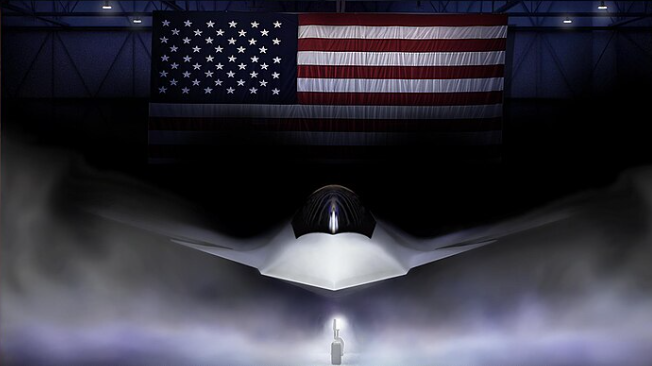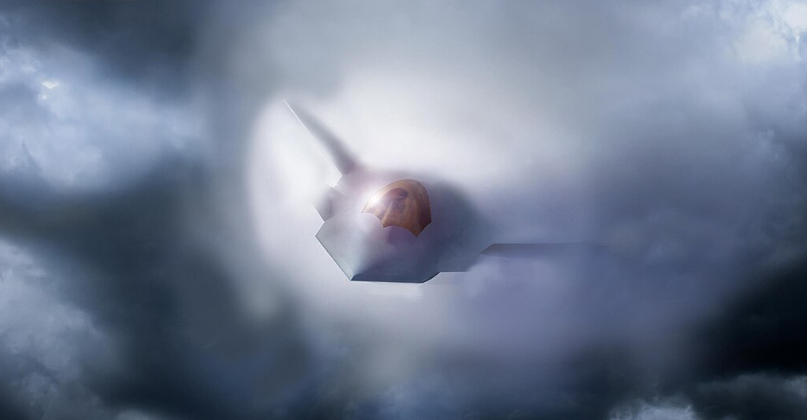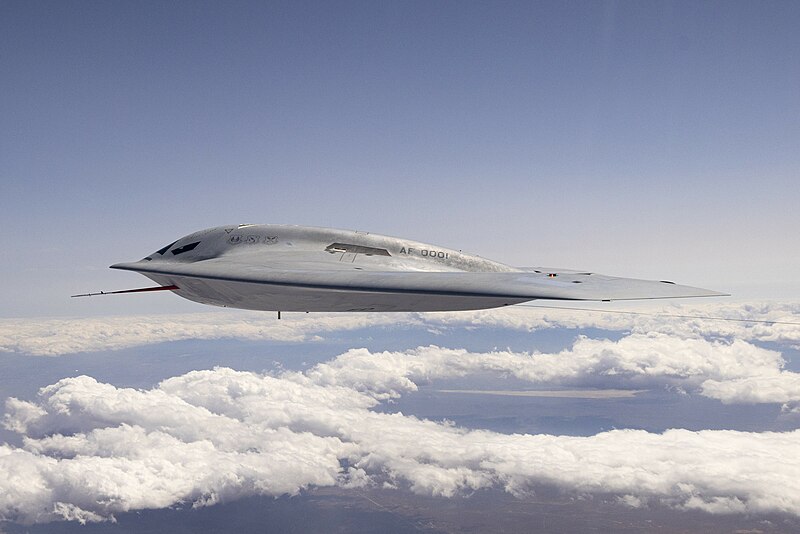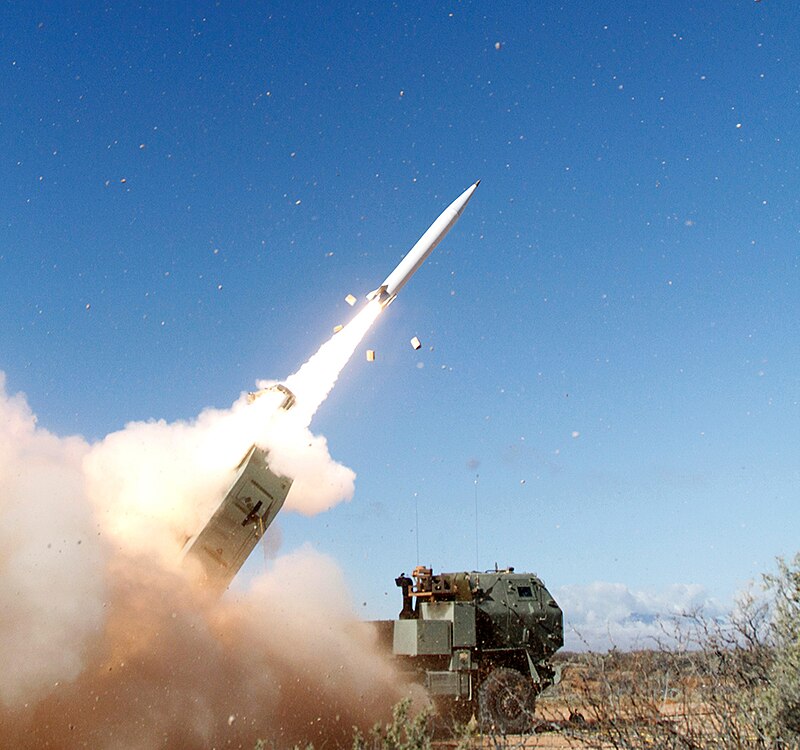
Can the long-assumed American control of Pacific skies survive the next decade? The race between the United States and China to secure air superiority over the world’s most contested waters has moved far beyond fighter duels to include stealth bombers, carrier aviation, autonomous drones, and the ability to operate inside dense missile envelopes.
During most of the post-Cold War period, U.S. air dominance was just taken for granted. However, this margin has been gradually whittled away by Beijing’s rapid modernization, which has combined mass production of advanced aircraft with layered missile defenses and expanding carrier capabilities. The competition is no longer over whose jet is most advanced, but rather whose system of systems can survive, adapt, and strike in a contested battlespace.
The following listicle examines nine key fronts in the emerging US-China airpower contest, drawing from recent operational developments, expert analyses, and emerging technologies that will define the contours of the Pacific theater through the 2030s.

1. The F-47 Sixth-Generation Fighter Program
In March 2025-after a brief pause in 2024-the US Air Force selected Boeing to build the manned F-47 the sixth-generation air superiority fighter that will anchor America’s future tactical fleet. The first flight of this plane is projected for 2028, along with its capability for advanced stealth shaping, adaptive engines, and AI-assisted sensor fusion. The F-47 is tasked with the mission of penetrating and surviving inside heavily defended airspace while aiding unmanned systems in increasing reach and lethality.

2. B-21 Raider: Stealth Bomber for Contested Skies
Deep in testing at Edwards Air Force Base, the stealthy successor to the B-2 is the B-21 Raider. At least 100 aircraft optimized for survival in China’s dense air defense networks are to be procured. The B-21 will also be central to the U.S. strategy of long-range precision strike from outside the immediate threat envelope given its global range, advanced electronic warfare suites, and both conventional and nuclear payload carriage.

3. Collaborative Combat Aircraft – Loyal Wingmen
The Pentagon’s CCA program is developing prototypes from Anduril and General Atomics. Dubbed AI-enabled drones, they would fly with crewed fighters, where one pilot could control several unmanned assets. Their missions would range from sensor extension and electronic attack to delivering weapons. Eric Heginbotham from MIT commented that considering China’s lead in commercial drones, “the U.S. still has a pretty significant edge” in high-end military UAV integration.

4. China’s J-20 & WS-15 Engine Upgrade
The Chengdu J-20 is China’s flagship stealth fighter now being fitted with the indigenous WS-15 engine in an effort to close performance gaps with U.S. fifth-generation jets. Its 27,988-pound payload capacity does grant it somewhat of a ‘bomb-truck’ advantage over the competition, though analysts question its relative agility, sensor fidelity, and thermal management compared to the F-22. Its 1,200-mile combat radius limits sustained operations deep into the Pacific without refueling.

5. Carrier Aviation Leap: Fujian and Beyond
Commissioned in 2025, the Fujian is China’s first carrier with electromagnetic catapults that could launch heavier stealth aircraft, including the J-35. Satellite imagery shows that work has started on the Type 004 carrier, possibly nuclear-powered, which would afford unlimited range and more power for both sensors and EMALS. All of these moves reflect Beijing’s desire to project airpower well beyond the First Island Chain.

6. PLA Rocket Force and Runway Strike Doctrine
Chinese campaign manuals highlight early strikes against enemy runways to paralyze air operations. RAND modeling indicated that U.S. bases in Japan would be shut down for 12 days or more and those on Guam for days, with tanker operations disrupted for more than a month, as a result of concentrated missile fire. “Unlike the United States,” Heginbotham said, “China is hardening its air bases,” which highlights the survivability gap in U.S. forward infrastructure.

7. Stealth Reconnaissance: RQ-170 to RQ-180
The U.S. RQ-170 Sentinel was a harbinger of the larger, more capable RQ-180-built to penetrate heavily defended airspace at altitudes above 70,000 feet. Beyond reconnaissance, the RQ-180 may function as a high-altitude networking node fusing data from F-35s, B-21s, and other assets, then relaying it globally via secure satellite links. This could prove decisive in terms of maintaining situational awareness across the vast Pacific battlespace.

8. GJ-11 and GJ-X stealth drones of China
The GJ-11 ‘Mysterious Dragon’ UCAV has autonomous flight, internal weapons bays, and radar-absorbent composites for ISR and precision strike. The larger GJ-X, with a 42-meter wingspan, could function as a long-range reconnaissance or strike platform, perhaps supplementing the future H-20 bomber. Analysts warn that massed UCAV operations, combined with hypersonic and cruise missiles, may overwhelm current US counter-drone defenses.

9. Divergent Strategies for Air Dominance:
The US model is premised on smaller numbers of very advanced, networked aircraft enabled by long-range precision strikes. The Chinese approach is underpinned by volume-producing fighters, missiles, and carrier sorties to saturate defenses. As Mark Cancian noted, US fighters “have to be inside that Chinese defensive bubble” to engage over Taiwan, raising survivability challenges that will define the next decade.
No longer is the contest for Pacific air dominance a question of who fields the most advanced fighter it is a multidimensional race involving survivability, network integration, unmanned teaming, and the ability to operate inside a dense missile threat. Both nations are reshaping their forces for this reality. Maintaining an advantage will require not only technological breakthroughs but also hardened infrastructure, resilient logistics, and doctrinal agility for the United States to fight and win in a contested and data-rich battlespace.

